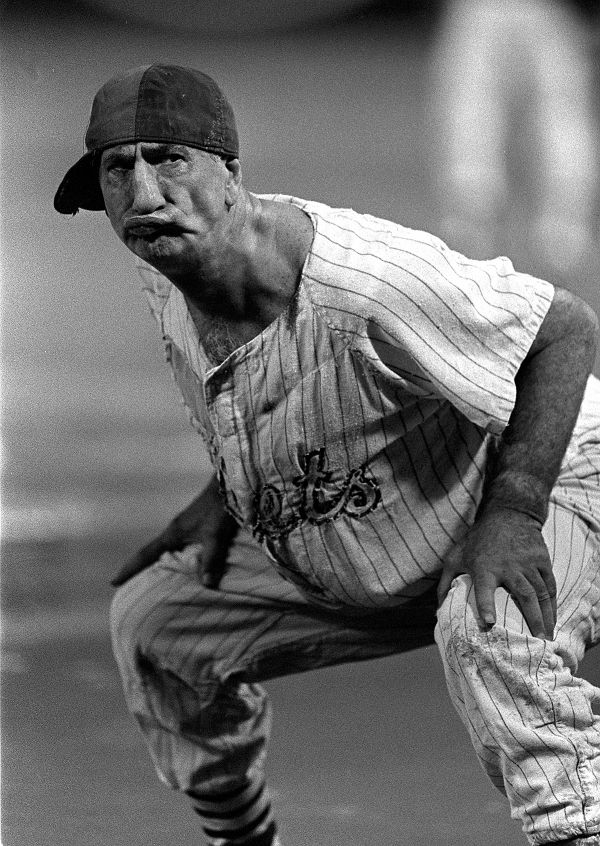Baseball, often referred to as America’s pastime, has a rich and storied history that dates back over a century. From its humble beginnings on sandlots and open fields to the grandeur of modern stadiums, the sport has evolved and transformed, capturing the hearts of millions along the way. If you fancy a punt on the next baseball game, check out this betting sites comparison of the latest offers. Otherwise, let’s find out about baseball’s glorious upbringing.
In the early 19th century, baseball was a casual recreational activity played by amateur teams on makeshift fields. These sandlots, often located in open spaces within urban areas, provided a gathering place for friends, neighbors, and coworkers to engage in friendly competition. The rules were simple, and the games were more about camaraderie and leisure than serious competition.
As the popularity of baseball grew, formalized leagues and organizations began to emerge. In 1845, the Knickerbocker Base Ball Club in New York established a set of rules that would serve as the foundation for the modern game. These rules included the concept of nine players per team, nine innings per game, and the use of a diamond-shaped field with bases placed at equal distances.
The mid-19th century saw the rise of professional baseball clubs and the birth of the first professional league, the National Association of Base Ball Players. This marked a significant shift in the perception of baseball as it transitioned from a leisurely pastime to a competitive sport. Teams began to play in dedicated ballparks, replacing the sandlots with more structured and organized venues.
One of the pivotal moments in the evolution of American baseball came in 1901 with the formation of the American League as a rival to the established National League. The birth of this new league ushered in an era of increased professionalism, fierce competition, and the expansion of baseball across the country. Major cities began constructing larger, more elaborate stadiums to accommodate the growing fan base.
One such iconic stadium was Ebbets Field, the home of the Brooklyn Dodgers. Built in 1913, Ebbets Field became a symbol of community pride and a gathering place for passionate baseball fans. Its unique design and intimate atmosphere created an unparalleled connection between the players and the spectators. Ebbets Field, along with other historic stadiums like Fenway Park and Wrigley Field, helped solidify baseball’s place in American culture.
The post-World War II era witnessed a significant boom in American baseball. The game’s popularity soared, and attendance at games reached unprecedented levels. This period also saw the construction of modern, multi-purpose stadiums that could accommodate larger crowds and provide enhanced amenities for spectators. The opening of Dodger Stadium in 1962, with its state-of-the-art features and capacity to seat over 50,000 fans, exemplified this new era of baseball stadiums.
In recent decades, baseball stadiums have evolved into architectural marvels, blending modern amenities with a nostalgic touch. The construction of Camden Yards in Baltimore in 1992 marked a turning point in stadium design, as it embraced a retro aesthetic while incorporating modern amenities. This trend continued with the development of other iconic ballparks, such as AT&T Park (now Oracle Park) in San Francisco and PNC Park in Pittsburgh.
Today, baseball stadiums are more than just venues for games; they have become destinations that offer immersive experiences for fans. From luxury suites and gourmet food options to interactive exhibits and entertainment areas, modern stadiums strive to provide an all-encompassing experience beyond the game itself. Moreover, advancements in technology have introduced features like high-definition video boards, instant replays, and in-seat ordering systems, further enhancing the fan experience.
The evolution of American baseball from sandlots to stadiums represents the growth and transformation of a beloved sport. What started as a simple recreational activity has evolved into a multi-billion dollar industry that captivates millions of fans across the world. It’s exciting to think about what the world of baseball holds in the future.

